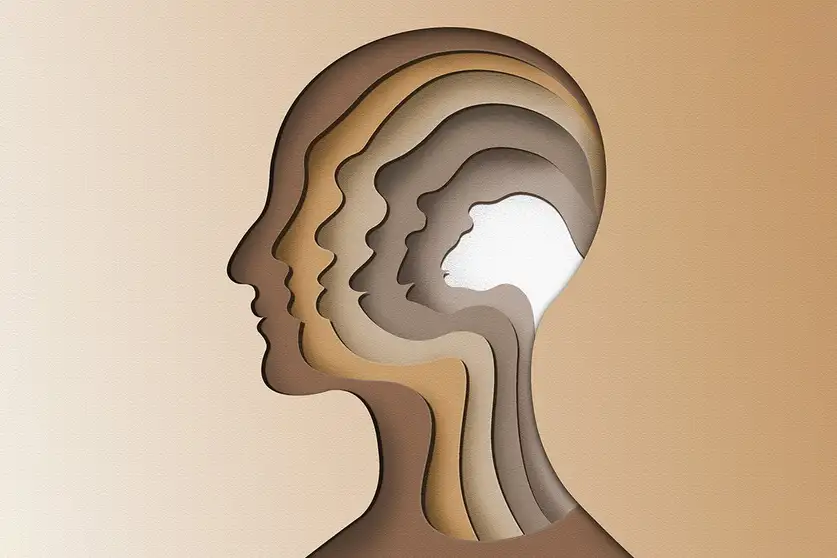HEAS Member Gerhard Weber’s research cited in New Scientist article on brain evolution
More On Article
- HEAS Seed Grants February 2025 Round
- OeAW Early Career Researchers Visit the UBB
- HEAS Member Magdalena Blanz receives an FWF Erwin Schrödinger Grant to research compound-specific stable isotope ratios
- Absolute dating of Bronze Age urn burials in the central Balkans: Cemeteries of copper-producing societies in eastern Serbia
- HEAS Member Barbara Horejs interviewed on Austrian radio on Archaeogenetics

Gerhard Weber recently had his publication on ‚Quantum Leaps in Human Biocultural Evolution and the Relationship to Cranial Capacity‘ cited in a New Scientist article on ‚Why did humans evolve big brains? A new idea bodes ill for our future‚. The article considers his suggestions that the rise of artificial intelligence might become even less important for humans to maintain large brains..
Barras.C.2024.New.Scientist.Brain.Evolution
Quantum Leaps in Human Biocultural Evolution and the Relationship to Cranial Capacity